Posts By apc
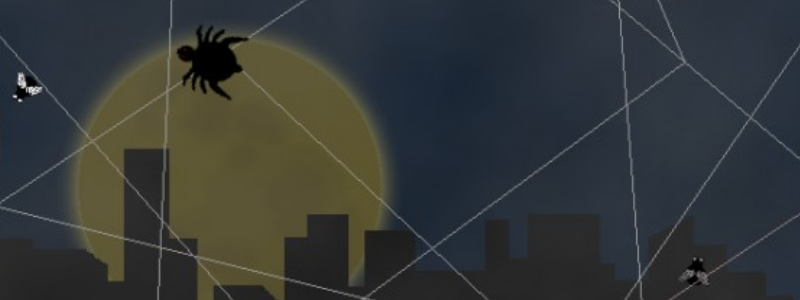

Web Spinner
| Status | Complete |
| Development Period | Weekend of August 22nd |
| Target Platform | Windows |
| Development Plaform | Game Maker Studio |
Here’s a link to my entry
I made this game for Ludum Dare #33. Ludum Dare is a competition where you make a game in 48 hours base on a theme. In this case the theme was “You Are The Monster”. I know several people who are afraid of spiders so I thought it might be fun to make a game where you play as a spider, I also thought it would be interesting playing with the web mechanic. Not including the brain stroming, I ended up completing the game in 16 hours.
Initial Brainstorming
When preparing for the game I tried doing some research into how spiders built their web and also watch a video of the process the spider went through. This video illustrates the concept I was trying to portray. The web remains connected to the spider and the spider must move along the web it has already layed in order to add more lines to it’s web. I also read through the spider wikipedia article. Here’s a quote from the article which I made use of for the design of the game
About half the potential prey that hit orb webs escape. A web has to perform three functions: intercepting the prey (intersection), absorbing its momentum without breaking (stopping), and trapping the prey by entangling it or sticking to it (retention). No single design is best for all prey. –Wikipedia
That said flies wouldn’t always get caught, if they did get caught the web would sometimes break (longer strands are easier to break), and they would occasionally break free after being caught for a certain amount of time.
Programming
I enjoyed the programming for this game. To create and manage a web and had to implement a graph datastructure and in addition to that several operations had to be implemented to make the system work well. When a spider placed a line it needed to create a new vertex (intersection point) and split the edge (web strand) that the spider was currenly on. Additionally I needed to add an edge linking the new vertex and the previous vertex that the spider placed and also needed to split any edges that this new edge overlapped with and the new edge needed to also be split accordingly.
For the spider movement it was always had an edge that it was associated with and it had a value between 0 and 1 representing where it was on the edge. When the spider hit a vertex a new edge would need to be selecting based on the position of the mouse. I decided to add momentum to the spider’s movement so that it could go around corners easier. In order to select which way the spider would go at a vertex I would move the mouse in the corresponding direction. If I moved the mouse too early the spider would often turn around before it hit the vertex. The momentum fixed this issue but it meant you couldn’t quickly change the direction of the spider. In addition to selecting the new edge I had to transform the velocity. The spiders velociy was stored as how quickly it was moving on the edge and it used the 0 to 1 coordinate system that I mentioned early. Ths meant that the spiders speed would correspond to different numbers depending on which edge it was on
One of the challenges was detecting line-line intersections (for when webs overlap) as well as detecting line-circle intersections (for the flies). I ended up consulting the internet and there are some very elegant ways of doing this using vector operations so I implented them into the game and it wored pretty well.
Art
Even though it’s not my specialtly it’s fun to occasionly dabble with art. I did a lot of tracing of reference images to get the look that I wanted. I thought it would be cool to have a large impressive background with the spider operating at a much smaller scale in the foreground. Eventually I decided on a city skyline with a moon for the background and for the web to be attached to a fence in the forground. I feel like the barb wire was one of the things which emphasize the scale of the web and it helped create contrast with the background as a result.
To make the the background and traced the moon, new york city, and added some gradient and blurs to make it look correct. For the foreground I traced a pole and a piece of barb wire. The spider also started out as a trace but I made some minor modifications to make it rounder and more cartoony. Once I tested it out in the game I noticed that the spider seemed to blend in with the background. I initially tried to solve this by making the design of the spider more elaborate but just couldn’t make that look right. Then I tried adding some clouds over the background and that worked out well.
Game Design
Game design was tricky. In order to add a end state I added a hunger bar which was regenerated by eating flies. Then I needed to design it so that it would be more difficult to find flies as time went on. I wanted the web placement to be strategic. Players should be trying to fight the tradeoff between coverage and density. With high coverage you’re more likely to catch flies however you’ll probably have longer strands which will be easily broken. The safer strategy is the aim for high web density. With this strategy your web won’t break easily however if your coverage is too low you won’t catch enough flies. To make the strategy work this way and manage the difficulty curve I had to adjust several variables and as well as how they changed over time. These variables included fly spawn frequency, probability of fly getting caught, how long the flies stay stuck, web hit points and web recovery rate. I also decided to keep flies from spawning for the first 10 seconds to give the player some time to setup the initial structure of the web.
When I was doing final testing I still wasn’t sure I had the design working the way I wanted it too. When I played and concentrated I could always reach a point where I had high density and high coverage this is not ideal, but I wasn’t sure how clear the mechanics would be to players so I didn’t want to make it more difficult.
Results
Initially the game was crashing for a lot of people. I tried playing it for extended periods of time but couldn’t recreate the crash. I had a friend of mine test out the game and it took him 5 seconds to crash it, apparently all you had to do was create webs repeatedly by clicking as fast as you can. After I could recreate the error fixing it wasn’t a major issue.
After it was fixed people were mainly having issues with the controls and it didn’t seem like a lot of the deeper mechanics were clear to the players. After watching some other friends play it, it looked like the momentum was one of the reasons why the movement was difficult, but I didn’t want to remove that for fear that it will create a different issue. Also people were generally placing the mouse based on where they wanted the final position of the spider to be rather than the direction they wanted the spider to go in the short term. I’m not sure how I could fix this without adding some sort of pathfinding. This would be difficult since I’d need to search the web for the point that’s closest to the mouse and additionally I’d have to implement A* or something like that and I’m not sure how well it would run in real time. For the clarity issue I can’t think of a way to fix this without front loading a lot of information on the player.
My ranking ended up being #572 (out of the 1199 compo entries) which is ok but the category I was most proud of was innovation where I ranked #89 which is really good and I”m glad that showed through because I did work hard to make a unique game. I think I’d score it at a 73/100 because even though I’m proud of the technical achivement behind the game I don’t think the final product was fun for people to play and controls and the vagueness of the mechanics created a large barrier to entry.
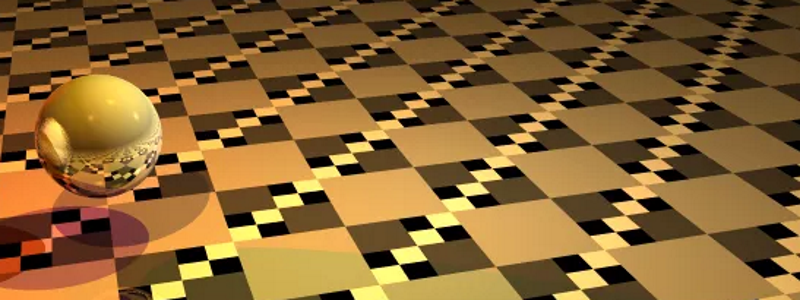
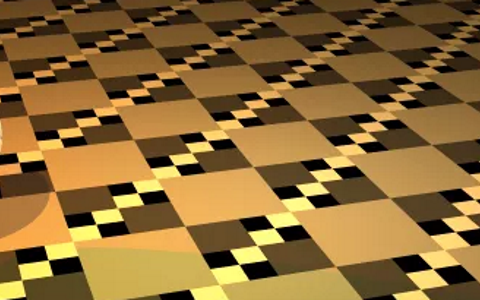
Raytracing Graphics Renderer
| Status | Complete |
| Development Period | September 2015 |
| Target Platform | Web |
| Development Language | Typescript |
This was a project for my Computer Graphics class. We were given a program which could render an animation using raytracing and we needed to modify the program so that it included anti-aliasing and motion blur.
I thought raytracing was interesting. It essentailly emulates what’s happens in real life by simulating how rays of light interact with the environment. It’s pretty intuitive and due to the way it’s designed, more complicated graphics phenomenon such as shadows, reflections and motion blur can be easily implemented. This makes the final image look really pretty which is why companies like Pixar use raytracing to render the graphics in their films.
The problem with raytracing is that it’s really slow. Animation companies require insane amonts of computing power to render their movies and even then it takes several minutes to render each frame. There are two reasons why it’s so slow. 1. There’s a lot of information to process. When each ray hit’s an object it casts more rays to check for reflections and other light sources. This results in several layers of recursion and creates a combinatorial explosion. 2. Due to the nature of the algorithm it can’t be computed in parrallell. This means that it has to rely on the CPU rather than the graphics card.
The other method used for graphics is called rasteriztion. It involves using a series of triangles which are colored, positioned, and oriented in such a way that it looks like a real object. It’s really fast becuase each of the verties of the triangles can be processed in parallel on the graphics card and then the triangles are quickly drawn using a rasteriztion algorithm. This techiniques allows for video games to have both good looking graphics and high frame rates. The draw back is that it’s really difficult to simulate more complicated phenomenon. It has taken many years of research to get rasterzation techniques to generate the images that are possible today.
Allow me to explain how we were required to modify the raytracing algorithm for this project. By default 1 ray is sent out for each pixel and it will determine the color of that pixel based on which objects in hits and how the lighting effects that point on the object. The problem with this is that the edges of objects end up being really jagged since each ray either hits or misses objects and at lower resolutions the edges of objects turn out looking pixelated. To fix this issue we used super sampling. Each pixel sends out several rays and then the results from those rays are averages to get the final color. This results in much smoother edges.
This other issue was motion blur. Here there are still multiple rays sent out for each pixel only the rays are cast out at different times. If the object is moving fast and it’s only overlapping with a particular pixel for a fraction of a frame then many of the rays will miss the object which results in a blurring effect.
Anyway I thought this process was pretty cool so I figured I’d share it.
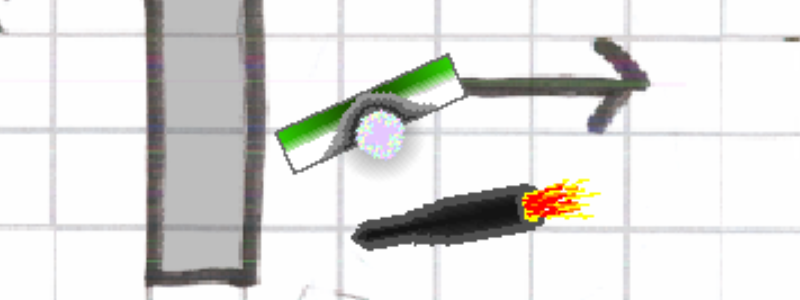
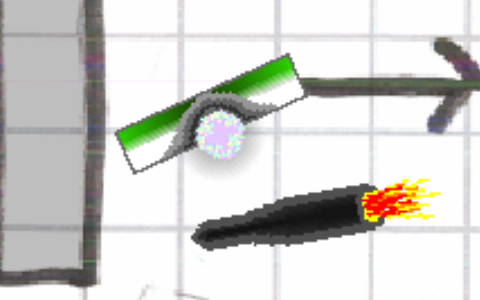
Angle Shooter
| Status | Complete | |
| Development Period | Summer 2010 – Summer 2011 | |
| Target Platform | PC | |
| Development Plaform | Game Maker 7 |
| Status | Cancelled |
| Development Period | September 2012 – December 2012 |
| Target Platform | PC |
| Development Plaform | Game Maker Studio |
| Contributions | Programming |
| Co-Creators | Oðinn Hullekes : Art |
| < | > |
This was my 3rd attempt at starting a development team. Odinn was in charge of art and was based out of the Netherlands. I was in charge of programming and I was based here in the US. This got farther along than previous attempts, largely because there were only 2 of us and we were communicating a lot more. We even made a few devlog episodes. Unfotunately we eventually decided to stop because it was difficult to stay in sync, we had busy schedules, we had made the scope too large and we both sort of lost interest in the project.
We had a complex story in mind. The main character was a boy who randomly gets powers for some unknown reason and he spends the game running from the government in addition to trying to better understand his powers. There were several powers we had in mind. The ones that eventually got implemented were telekenesis, where the player can lift objects with his mind, and a couple variations of force push.
Other than gaining more experience working in teams I also gained a lot from a technical perspective. I wanted to try and make the force push realistic looking so I was very ambitious with the physics system. I ended up getting it working pretty well but rotation was what stumped me. Luckly yoyogames had recently implemented a physics system into Game Maker Studio. It was difficult to learn because using physics meant that I had to do a lot of the basic operations in Game Maker using the physics system rather than the version I was experienced with. I eventually got used to it and was able to make some pretty neat effects. Using this knowledge I was later made a youtube series about the intricacies of using physics in game maker.
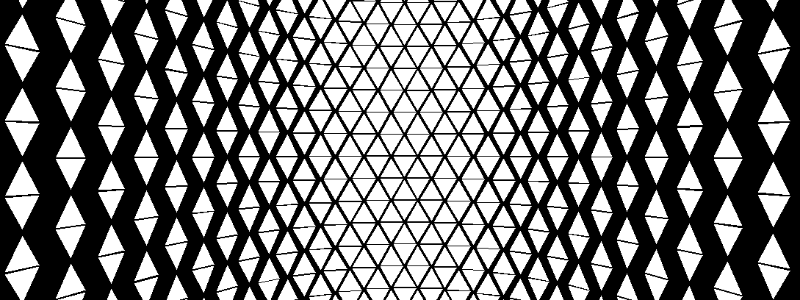
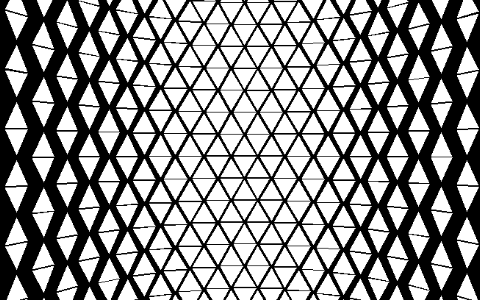
Triangle Board
Click Here to see the source code
This made this project shortly after following a series of Graphics Tutorials by TheBennyBox I made it because I wanted to practice the graphics concepts taught in the series and I also wanted to get some practice working with github.
It was a really cool series and I’d recommend it to anyone who wants to learn more about 3D graphics. It’s easy enough to think of the screen as a grid of pixels and from that perspective it’s easy to make sense of how graphics are handled in 2D projects. However for most people know nothing about the process of taking that 2D grid and drawing 3D models on it. After following this tutorial I felt like I understood that process completely.
It was done using “Software Rendering” which means it was done with a more standard programming language which doesn’t communicate with your graphics card. Most languages you would think of fall into this category. Examples include Java, C++, Python, and most others. In this case we used Java. For it to have been considered “Hardware Rendering” we would have had to use OpenGL or another language which communicates with the Graphics Card. Hardward Rendering is much faster than Software Rendering. Really the only value in Software Rendering is it’s educational value. I was able to gain a better understanding of 3D graphics because it was written in the procedural manner which I’m used to.
All that said I made this triangle animation and I think it looks really cool :).
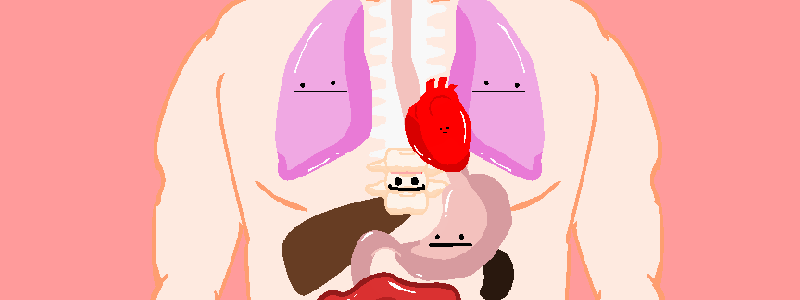
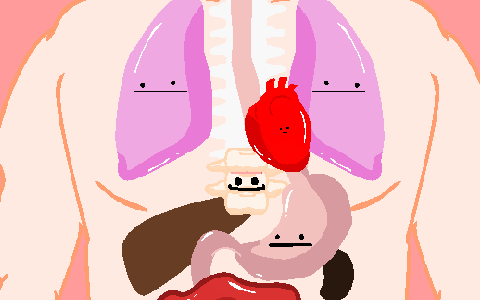
System Manager
| Status | Cancelled |
| Development Period | June 2014 |
| Target Platform | PC |
| Development Plaform | Game Maker Studio |
| Contributions | Programming |
| Co-Creators | Brad Beyea |
Click Here for a download link
Me and Brad made this game for the 2014 Indie Game Maker Contest we had the month of June to make the game from start to finish. Our idea was to make a game where you had to micro manage the various systems in the body. These’s included the cardio respiratory system (lungs), pulmonary system (heart), digestive system (stomach), and immune system (spine). Through out the game the state of each system is constantly being depleted and you need to switch between them constantly to ensure the system doesn’t fail.
There was a time difference misunderstanding and we found out just in time so we abruptly turned in our game without it really being finished. I posted a link to find the game, and if you try it out you’ll quickly notice there are several terrible issues with it including extremely fast system failure and a music loop issue. Aside from the early submission the game still had a lot of problems. In a continuous game like this with so many balancing variables it very tricky to make a reasonable difficulty curve. The immune system in partiuclar was not setup well for the style of the game.
We did learn a lot from the experience. This was the the first project we saw through to completion (sort of) and we learned a lot about what worked and what didn’t in terms of working in a team. Another new thing was that all the visuals were made using vector art instead of raster art. This meant we didn’t have the same scaling issues that were present in Preying Mantis. We even took extra advantage of it by having a lot of zooming in the game.
I was a good excersize for me to learn how to use vector art in Game Maker Studio. Another new thing was that the entire game only used a single room, so I had to add a lot of code for managing which view you were currenly in as well as what needed to be enabled in that view. Making the view pan a lot made the game seem really dynamic and I’m really happy with how that turned out.
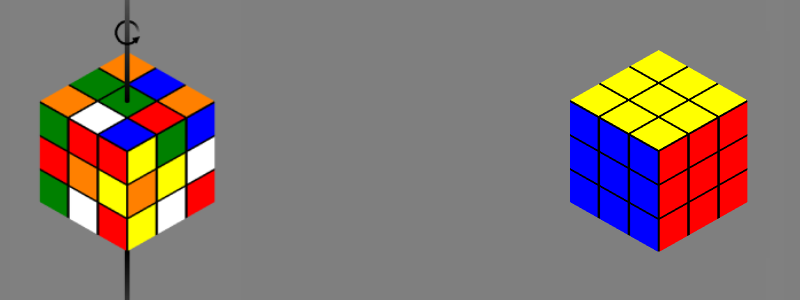
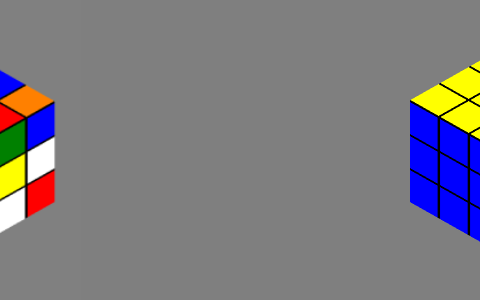
Rubiks Cube Simulator
| Status | Completed | |
| Development Period | March 2013 – May 2013 | |
| Target Platform | PC, Mac | |
| Development Plaform | Java Swing |
| Status | Completed |
| Development Period | March 2014 – May 2014 |
| Target Platform | Android |
| Development Plaform | Eclipse w/ Anodroid SDK, Java |
| Contributions | Programming |
| Co-Creators |
Austin Bott: Programming Brad Beyea: Character Art |
Link coming soon, if it takes too long remind me.
This was a project I worked on with Austin for our mobile development class. It was the first game I’ve worked on which was made (almost) completely from scratch in a programming language. It took us several hours to just get rectangles to be drawn on the screen in the way that we wanted to and we built it up to be a solid platformer with score and level detection.
The platform is a cross between standard runner games such as Bit Trip Runner or The Impossible Game or Geometry Dash and a concept from an old flash game called Shift. So like runner games you’re being pushed through a level and pretty much the only thing you can do is avoid jump, however our game implements an extra mechanic which was taken from Shift. You can flip the terrain so that hills become trenches, gravity flips and the player moves to the opposite side of the screen.
The name is pretty perfect. The “Shadow” sounding aspect relates to the black/white art style. The embeded “deux” is the french work for 2 which reflects the duality of the terrain. The term “Shadeux” is a french word on its own and it’s sometimes called Darcour, or Parcour used for illegal purposes. This nicely reflects the platforming and also reforce the black and white art style.
We designed the levels using a level editor I made for one of the ealier verions of Preying Mantis (this was before the development of that game shifted to Game Maker Studio) I’ll probalby release it at some point. It works well for games with simple level design.
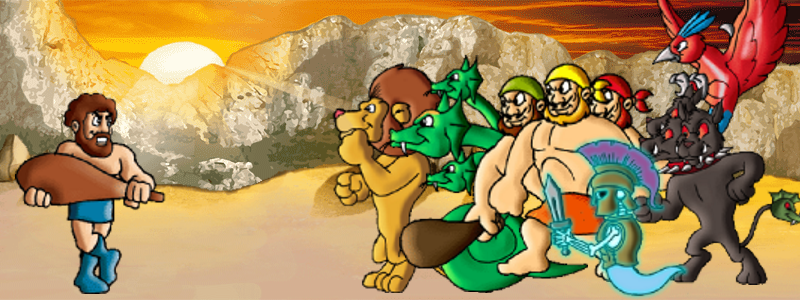
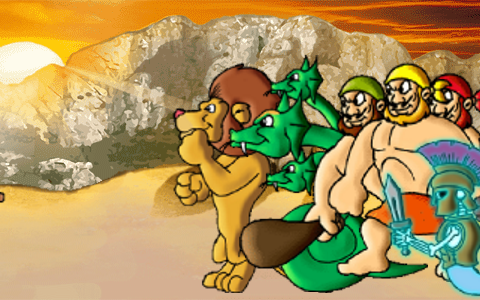
Hercules: The True Story
| Status | Complete |
| Development Period | October 2013 – November 2013 |
| Target Platform | Tizen, Android |
| Development Plaform | Game Maker Studio |
| Contributions | Programming |
| Co-Creators |
Spyros Kontis: Art, Game Design Markus Lappalainen: Music |
Click Here to find it on Google Play
“>Click Here to find it on Google Play
This was another game I made with Spyros which buildt upon our fighting game engine. This was my favorite of the 3. I liked the theme a lot and I thought that the art looked best in this one. It also had a more neat storyline and we had custom music made for this one which really increased the overall value.
This game was made specifically for the Tizen App Challenge. There was a lot of money in prizes available, and since we already had a fighting game engine and Game Maker recently started supporting Tizen we figured we’d try to submit something. Tizen is a new mobile platform which is designed to be a cheaper version of android. The makers wanted to populate their app library which is why they invested so much in this contest. I think they also influenced yoyogames to implement a tizen module in Game Maker Studio.
On a technical level I also added some new things. The enemies had more dynamic mechanics and your could select your levels from a map of europe which corresponded to the locations of the individual bosses. The game overal was more mobile friendly. You’d traverse through the story line by swiping the slides on the screen and you would also scroll through the map in this manner.
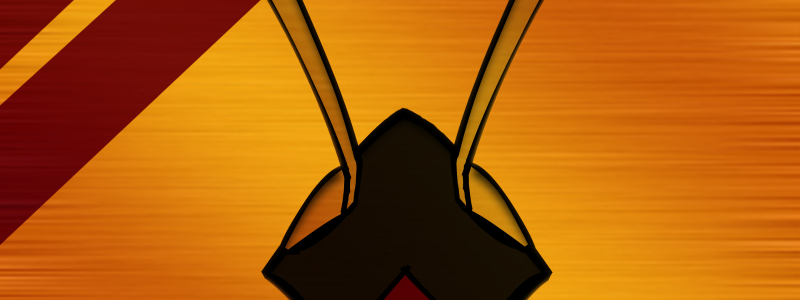
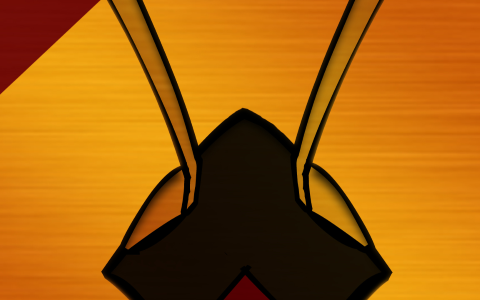
Preying Mantis
| Status | Cancelled |
| Development Period | September 2013 – April 2014 |
| Target Platform | PC |
| Development Plaform | Game Maker Studio |
| Contributions | Programming |
| Co-Creators |
Brad Beyea : Art, Game Design David Payette : Programming Jacob Royal : Music |
There were several fundamental problems we were having when working on the project. For organizing the project we mainly worked through Google Drive, which wasn’t the most optimal way to work on team projects. We were using Raster Art (art made with pixels), so there were constant trade offs to be made considering the level of detail that would be necessary and the resolution that would be best suited for all devices. We considered working with multiple resolutions but I’ve tried that before in Parliament Fighter and that’s not fun (or at least the I did it wasn’t fun). We had problems with Scope Creep, we greatly underestimated the amount of time it would take us to develop certain aspects of the game, and including complex story elements has a tendency to lock you into a large scope from the beginning. Having the youtube series seemed like a cool idea and they were fun to make but there was a direct tradeoff in that time spent working on the youtube videos took away from time spent on the actual game.
Despite not finishing the game the issues in this project helped us to not make the same mistakes in future projects. I also was able to implement some features which I’ve never worked with before. One of these systems was a lighting engine. I originally tried to make it myself but ended up using a lighting engine someone else made instead (Unfortunately I couldn’t find the original engine but I linked to where I found it). This was really efficient and created a pretty cool effect.
Another major implementation for me was the pathfinding. I implemented an A* pathfinding algorithm from scratch for the first time. Not only that but this was more complicated than many of my future implementations. I created a graph by generating nodes a certain distance from each corner in the level and then checking each pair of nodes to see if enemies could travel from one to the other. The AI’s would find the optimal series of edges to follow, taking into account how far individual nodes were from the player as well as how long individual edges were.
Devlog Series
| < | > |
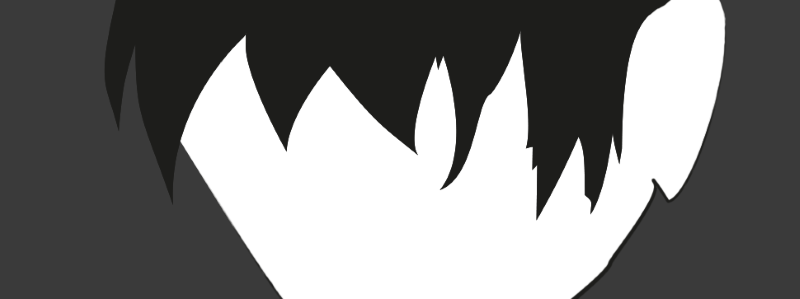
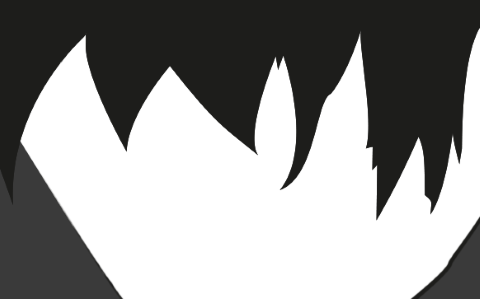
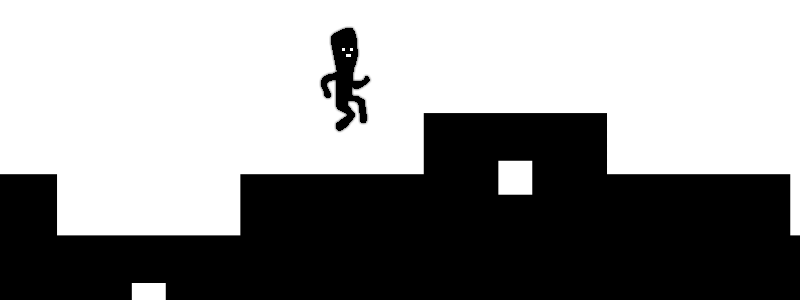

Recent Comments